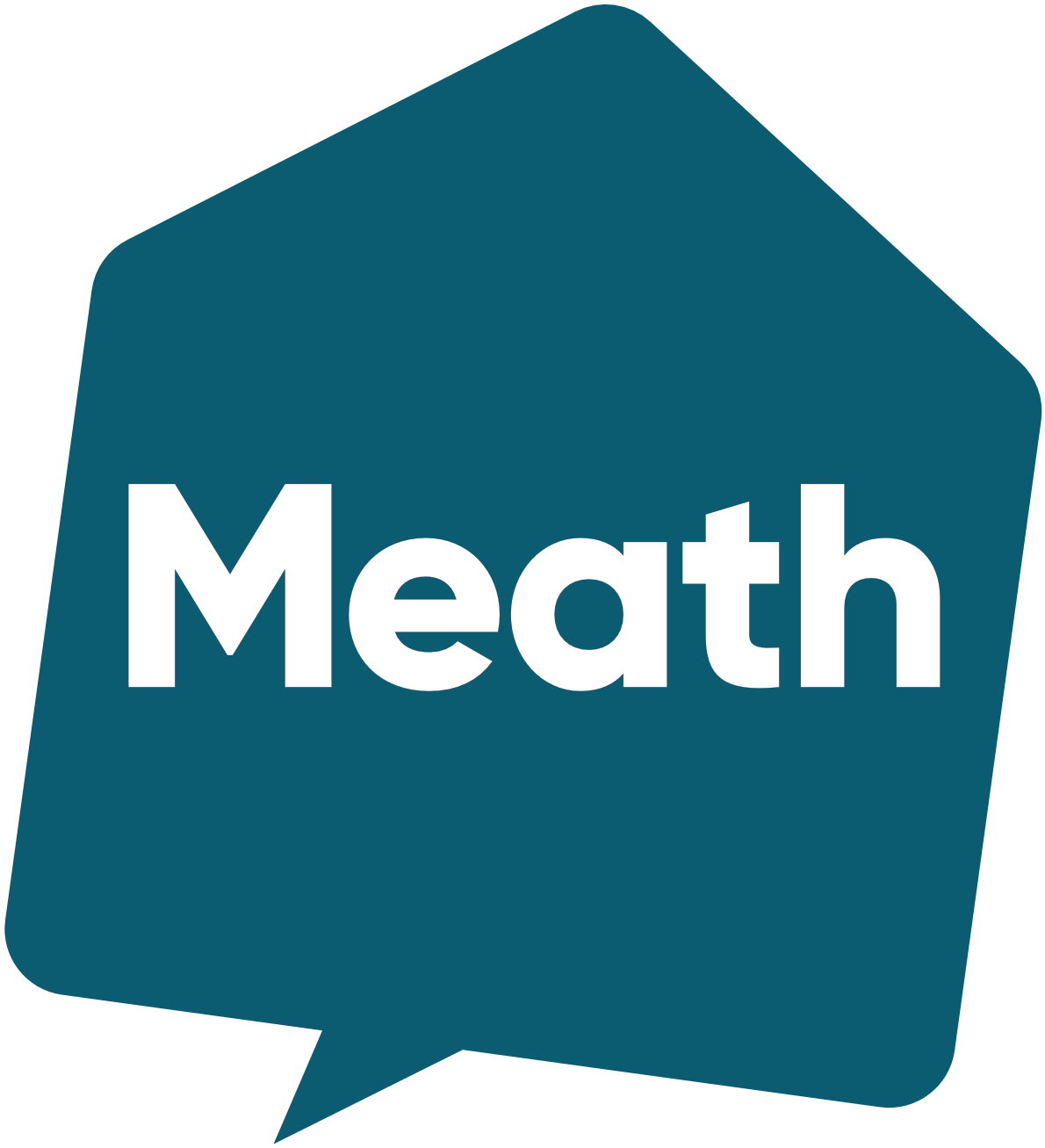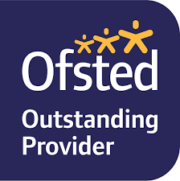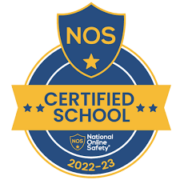Writing
At Meath School the foundations for writing are central to our everyday experiences. Staff create and seize opportunities for all pupils to learn early links between the spoken and written word across all aspects of the curriculum. Children are encouraged to listen to others and talk about their ideas, facilitating them to build their vocabulary, extend their sentence structures and develop purposeful narratives. We teach children through small step specialist approaches and hands on learning experiences how to transfer their spoken language into increasingly complex written forms. With careful scaffolding and individualised tools children learn to attempt, apply and develop their writing, composing and recording a range of text. We empower children to explore and appreciate the purpose and value of writing as an everyday life skill, which supports their motivation to grow into confident and ambitious writers.
Aims for our pupils at Meath
- To develop underlying attention and listening skills for writing
- To build the vital perseverance and resilience required for writing and typing
- To understand the permanence of printed/written words (i.e. child shares an idea – it is written/recorded and can be reread and revisited without the meaning being altered)
- To understand the purpose of writing for functional use e.g. to make labels, signs, lists and notes, as an everyday life skill
- To develop the motivation to communicate in a written form
- To develop pleasure in writing and recording a range of text including sentences, stories, non-fiction reports, recounts, letters, poems and rhymes
- To enjoy sharing and describing pictures, symbols, sentences and pieces of written work with adults and peers
Transcription skills are carefully considered alongside a child’s reading and phonological awareness skills and introduced at the appropriate developmental point (see Reading Intent).
- To be able to identify phonemes and words within a text
- To be able to segment and blend words in order to identify and record each sound
- To be able to match phonemes to graphemes
- To be able to name letters of the alphabet
- To be able to spell common letter patterns diagraphs “ch” and trigraphs “igh”
- To apply phonic knowledge to segment and blend words when spelling
- To develop a growing bank of correctly spelt sight words/ high frequency words/common exception words/tricky words
- To know and be able to carry out simple spelling rules e.g. prefix/suffix
- To apply learnt spelling rules to own writing
- To ensure that all pupils will have the opportunity to develop their phonological awareness and phonic skills, and overcome barriers using individualised writing approaches where needed
- To develop sentence building skills; to form grammatically correct sentences verbally, with symbols and ultimately in the written form
- To be able to volunteer ideas and maintain focus on the shared topic
- To use drama and roleplay to provide opportunities for children to develop, order and rehearse ideas
- To sequence symbols then words to form short sentences and narratives
- To be able to write for different purposes including recounting a personal experience, narrative, letters, non-fiction, and poetry
- To edit own work for accuracy of meaning spelling, grammar and vocabulary
Vocabulary
- To continually extend vocabulary through both explicit and experiential teaching, e.g. buzzword, Word Aware Approach, recasting, repetition, modelling
- To use new vocabulary in a range of accurate contexts
- To understand how phrases can be used and manipulated to build and organise a range of grammatically accurate sentences (i.e. identifying thematic roles)
- To understand the grammatical category of a word, supported by colour coding
- To understand the role of punctuation and grammar and how these impacts on meaning, fluency and expression, in order to replicate this in their writing
- To develop the foundation pre-writing skills that underpin early handwriting development
- To develop the sensory and gross motor functions that enable effective pencil control, eye-hand co-ordination and sequencing of movement patterns to form letters correctly
- To develop the small muscles and arches of the hands that enable a dynamic pencil grasp and fine motor dexterity
- To understand the spatial organisation of letters within a word and words within a sentence to produce legible handwriting
- To develop a level of handwriting fluency and speed that enables them to record class-based work
- To develop typing skills to enable functional recording of written work




